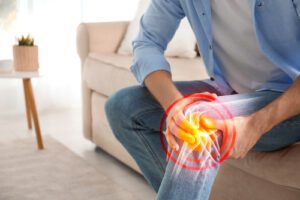
What is Jumper’s Knee?
Jumper’s knee, or Patellar Tendinitis, is inflammation of the infrapatellar tendon that attaches the kneecap (patella) to the shin bone (Tibia), below the knee. The symptoms of Jumper’s knee are typically pain and swelling just below the knee cap, and commonly tenderness and swelling where the tendon attaches to the shin below the knee.
What Causes Jumper’s Knee?
Patellar Tendinitis develops most commonly in teenagers active in sports that require a lot of running and jumping and affects males more often than females. The condition is usually caused by overuse of the joint in high impact sports and, if not treated, can lead to injury and rupture of the tendon over time.
How is it Diagnosed?
Jumper’s Knee is diagnosed by examination of the knee exhibiting tenderness along the infrapatellar tendon and its attachment. X rays may show thickening of the bone and bone spurring at the tendon attachment. Ultrasound is an excellent diagnostic tool that can delineate the tendon attachment for diagnostics and injection treatment.
How Is Jumper’s Knee treated?
Traditional treatment methods employed include rest, ice, anti-inflammatory medications, and physical therapy with focus on strengthening and muscle re-education. There is a good pilot study that showed reduction in pain, increased vascularity, and improved ultrasound appearance of the tendon after injection of dextrose prolotherapy X 4 sessions. Platelet Rich Plasma is a stronger, more robust solution obtained by drawing a person’s blood and processing it to isolate their platelets. The platelets are then injected into damaged tissues, activating the healing response to rebuild the damaged tissues. It may require only 1-2 treatment sessions to be effective.

































